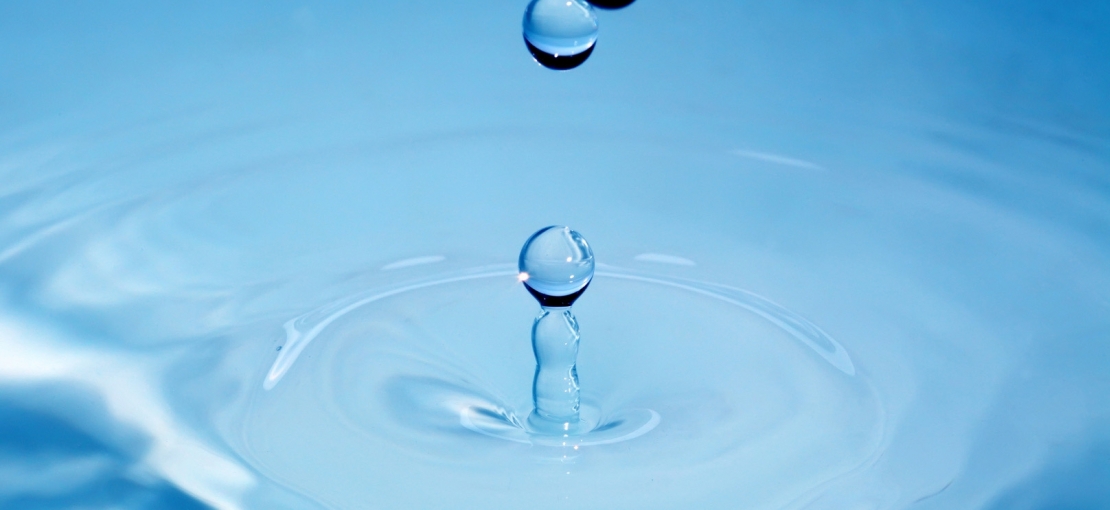
Waste and wastewater
Action needed in the supply chain
Waste and wastewater are essential aspects for VAUDE because both are caused by many upstream processes in the production of VAUDE products. To some extent, waste and wastewater must be classified as potentially harmful to the environment and to health. This applies to production at the company headquarters in Tettnang-Obereisenbach, but, of course, also to the production of VAUDE products and especially to the raw materials needed for the upstream supply chain for these products – see "Water consumption in the supply chain”.
No process water required in Tettnang
LINKOur production facility in Tettnang does not require process water and industrial wastewater is not produced. The only wastewater at this site comes from sanitary facilities and the laboratory where waterproofing tests are carried out. Details and specifications see Water - the Source of Life
Wastewater therefore does not have high environmental relevance at our Tettnang location, especially as the wastewater treatment in Germany is regulated at a very high ecological level.
Waste is an important issue, in Germany as well
Wastes cause environmental problems in Germany as well. They must be collected, transported, processed and partially recovered with a high degree of energy expenditure, or disposed of properly. Waste has not only a high environmental relevance for the supply chain, but also for our Tettnang-Obereisenbach location. Annual waste statistics make the development of amounts visible. We use them to derive our goals and measures - see „Goal: reduce waste“.
Efficiency confirmed by EMAS and ISO14001
Greenpeace: Toxic wastewater threatens the whole world
Wastewater from textile manufacturing is currently the focus of the Greenpeace Detox Campaign. Greenpeace has accused the textile industry (and thus also VAUDE) of being responsible for the pollution of China’s waters with dangerous chemicals.
There, toxic waste and toxic effluents cause serious health problems in the local population. In addition, toxic substances in the global waterways are spreading throughout the whole world. The following articles explain what we can do to avoid chemical substances in the manufacturing of VAUDE products
- Respect for People and Nature
- Definitive Environmental-friendliness
- Water Consumption in the Supply Chain
Clean and transparent supply chain as a target
VAUDE commissions independent producers to manufacturer its goods. We try to influence comprehensive waste and wastewater management by stipulating which materials are to be used, for example with the bluesign® system.
However, we must clearly recognize that our influence has been quite limited in the supply chain thus far. It has not been possible to obtain reliable data on waste or wastewater from producers and suppliers, which would create a reference base for the manufacture of VAUDE products. That is why we do not have any information about examples of any specific sewage or waste contamination arising from processes authorized by us
Urgent action needed
We know that we have an urgent need for action on this issue, both in terms of creating data transparency, as well as in terms of sanitation and waste management in the supply chain. We are pursuing these two strategic approaches: with the expansion of the bluesign® system and by using the Higg Index to build a database that collects all relevant environmental data - see bluesign®: The Strictest Textile Standard Worldwide. In a pilot project, we are currently conducting an Environmental Management System at various suppliers. Under this "Environmental Stewardship Program " suppliers are also trained on how to deal with waste and wastewater.
| GRI: | G4-EN22 |
| GRI: | G4-EN24 |
| GRI: | G4-DMA Effluents and Waste |






